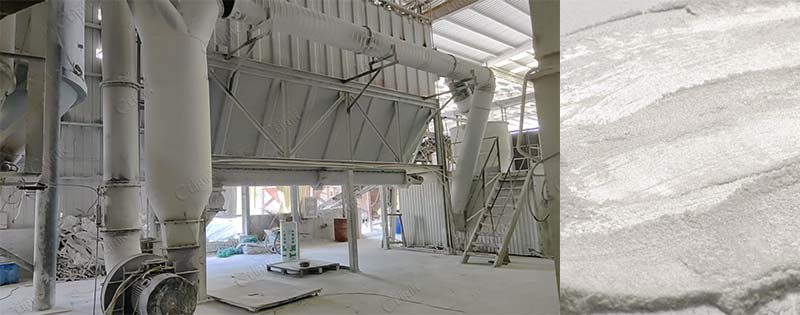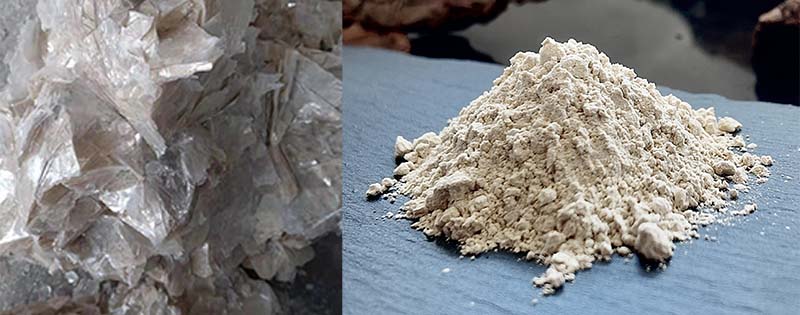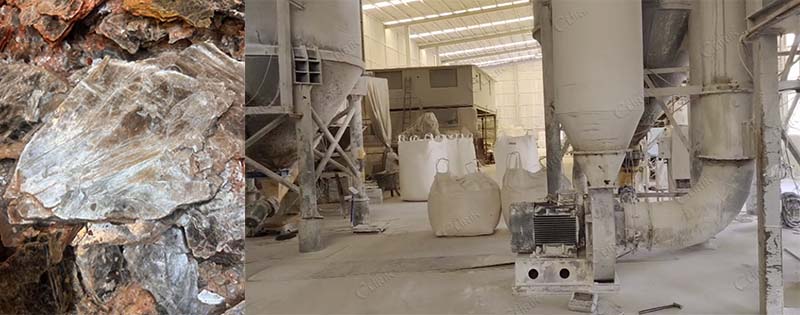Material Preparation: The raw mica should first be crushed to a smaller size by a jaw crusher. The size should be suitable for the HGM mill’s feeding requirements, typically around 30mm.
Equipment Inspection: Check all components of the HGM mill, including the hammer crusher, elevator, storage hopper, vibrating feeder, grinding chamber, classifier, powder collector, dust cleaner, and fan. Ensure they are in good working condition and properly assembled.
Parameter Setting: Adjust the classifier’s speed according to the desired fineness of the mica powder. The HGM mill can produce mica powder with a fineness ranging from 325 meshes to 2500 meshes.

Feeding: The crushed mica is sent to the storage hopper by the elevator. The vibrating feeder then evenly and continuously feeds the material into the main grinding chamber.
Grinding: Inside the grinding chamber, the material is driven to the edge of the turntable by centrifugal force and falls into the grinding ring channels. The grinding rollers roll over the material, applying pressure and grinding it into fine powder.
Classification: The ground powder is carried by the airflow from the fan to the classifier. The classifier’s high-speed impeller separates the powder based on particle size. Coarser particles fall back into the grinding chamber for regrinding, while finer particles that meet the required fineness move on to the next stage.

Powder Collection: The qualified fine powder enters the cyclone powder collector. Most of it falls and exits through the discharge valve at the bottom. A small portion of the fine powder, carried by the airflow, moves to the dust cleaner.
Dust Cleaning: The fine powder in the dust cleaner clings to the filter bags. Periodic pulsing of high-pressure gas causes the filter bags to vibrate, dislodging the powder, which then falls and is collected.
Packaging: The collected mica powder from both the cyclone powder collector and the dust cleaner is conveyed to the packaging station. It can be packed into bags or other containers for storage or transportation.

Clean-up: After the grinding process is complete, turn off the machine and clean the grinding chamber, classifier, and other components to remove any residual material.
Maintenance: Regularly inspect and replace worn parts such as grinding rollers, rings, and classifier impellers. Check the lubrication system and ensure all moving parts are well-lubricated. Clean the filter bags in the dust cleaner to maintain efficient dust removal.
Share: